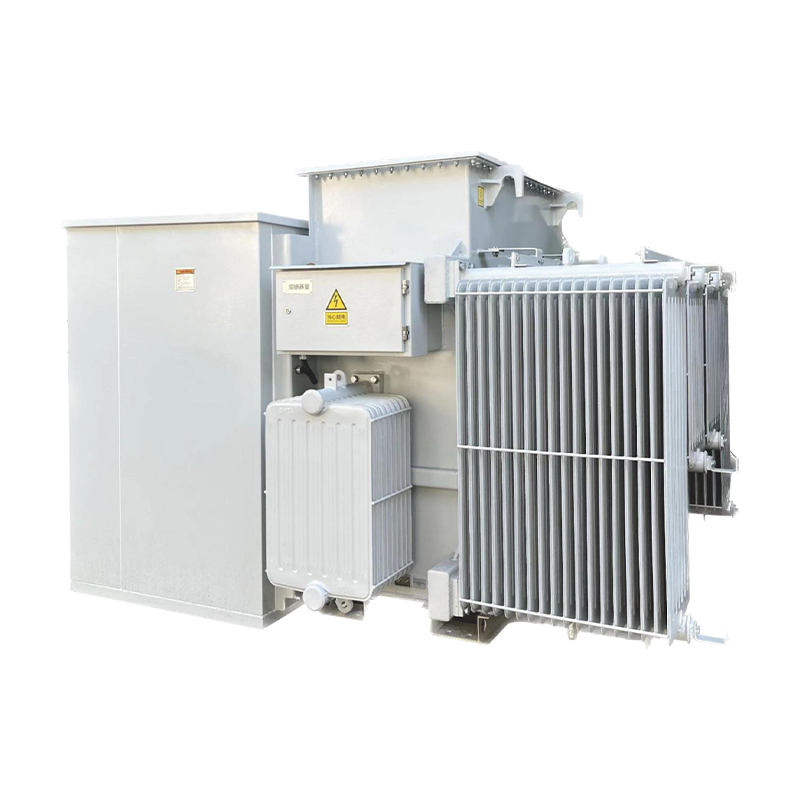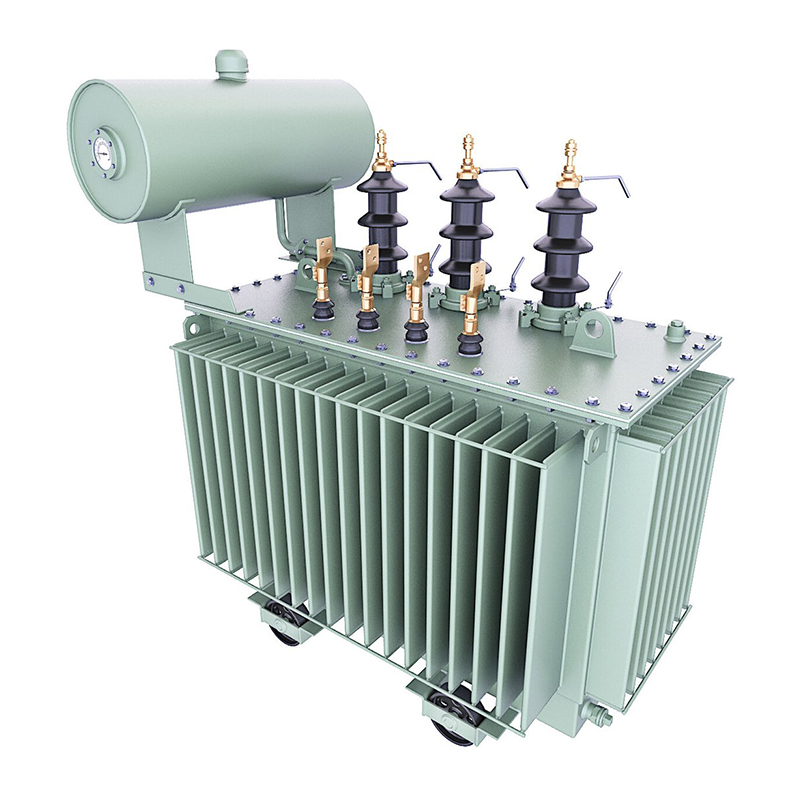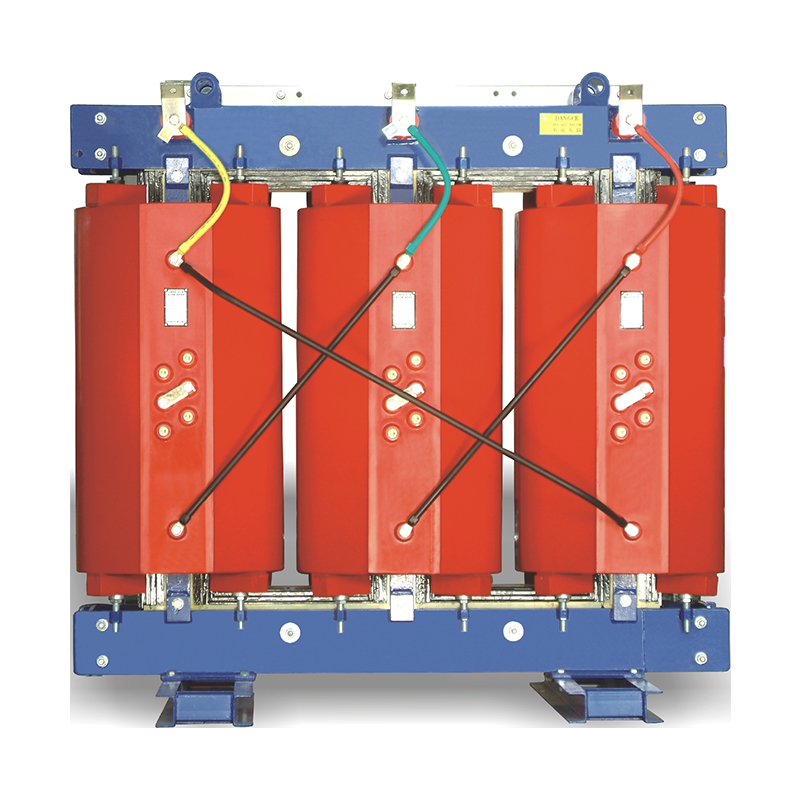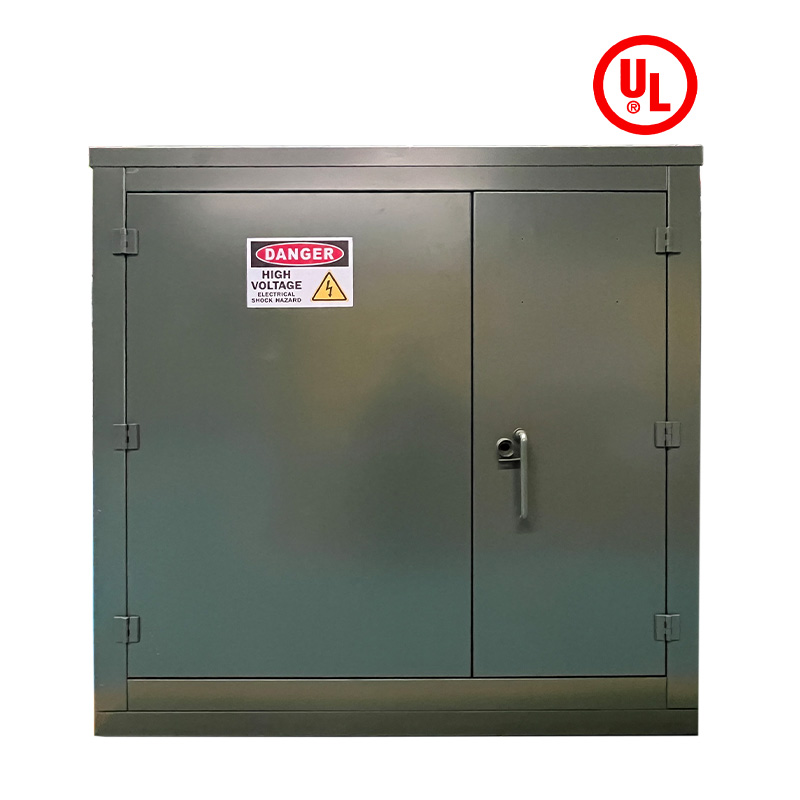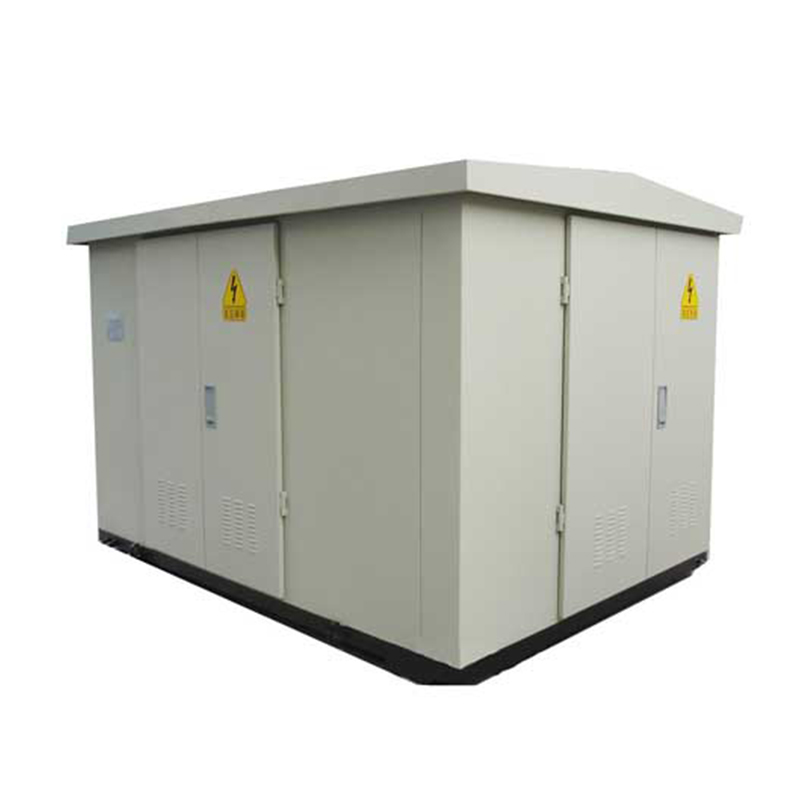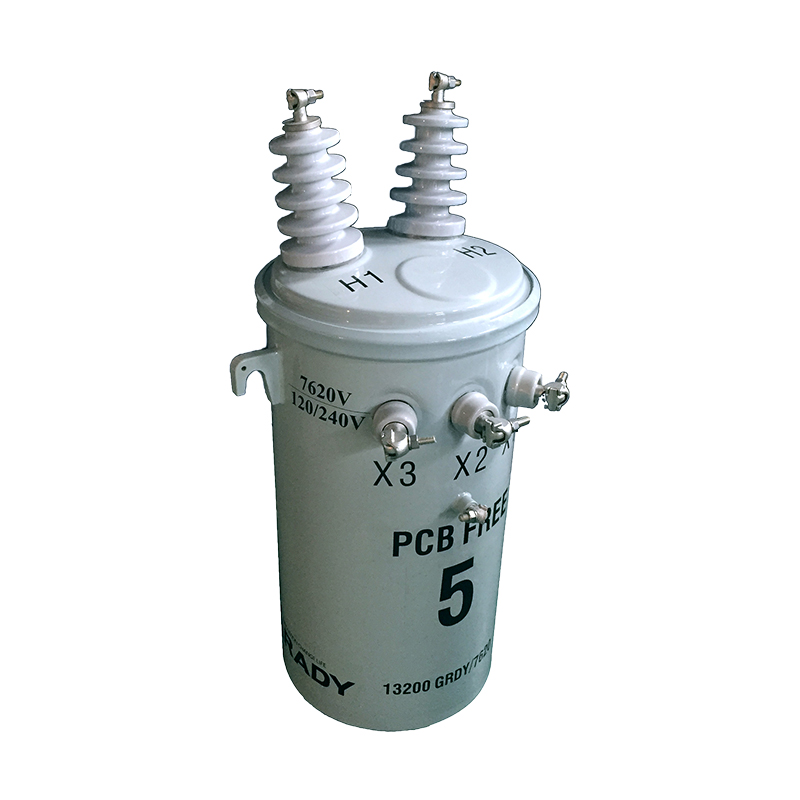Temperature Monitoring Technology for Power Transformer Winding and Its Importance
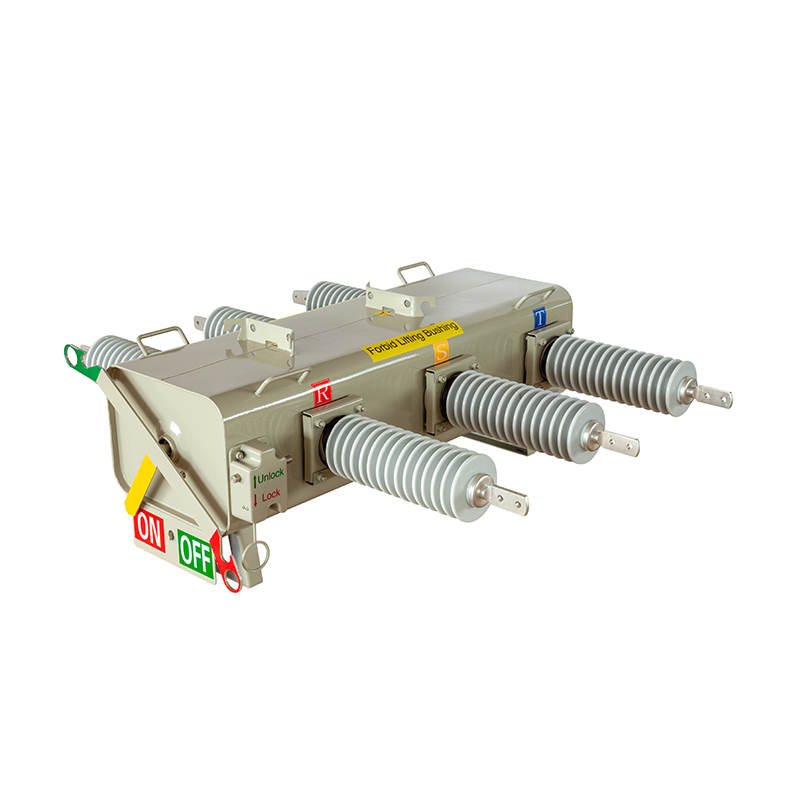
Temperature Monitoring Technology for Power Transformer Winding and Its Importance
1、 Temperature Monitoring Technology for Power Transformer Winding
The temperature monitoring technology for power transformer windings is a key means to ensure the safe and stable operation of transformers. At present, the commonly used winding temperature monitoring methods mainly include the following:
1. Resistance method: By measuring the DC resistance of the winding and using the relationship between resistance and temperature, the temperature of the winding can be calculated. However, this method may have certain errors due to factors such as winding material and structure.
2. Burial thermometer method: Burial temperature sensors inside the winding to directly measure the temperature of the winding. This method is accurate in measurement, but it requires breaking the insulation structure of the winding and is difficult to maintain in the later stage.
3. Infrared temperature measurement method: using infrared temperature measuring instruments to perform non-contact temperature measurement on transformer windings. Easy to operate and will not cause damage to the transformer, but measurement accuracy may be affected by factors such as ambient temperature and wind speed.
4. Thermoelectric resistance temperature measurement method: using the characteristic of material resistance changing with temperature to measure temperature. By installing a thermistor sensor on the winding, the temperature of the winding can be monitored in real time. This method measures accurately and has good stability.
5. Fiber optic temperature measurement method: Using fiber optic sensors to measure temperature, it has the advantages of high sensitivity and strong anti-interference ability, and can monitor the temperature distribution inside the winding in real time.
2、 The importance of temperature monitoring of power transformer windings
The temperature monitoring of power transformer windings has extremely important application value in the operation and maintenance of power systems, mainly reflected in the following aspects:
1. Improve transformer stability: By real-time monitoring of winding temperature, abnormal temperature inside the transformer can be detected and dealt with in a timely manner, ensuring the long-term stable operation of the transformer. This helps to avoid transformer failure or damage caused by high temperatures, thereby improving the stability of the power system.
2. Reduce energy consumption and improve economic benefits: When the temperature of the transformer rises, it will affect the efficiency of the transformer, leading to an increase in energy consumption. Through temperature monitoring technology, high temperatures can be detected in a timely manner, and measures can be taken to maintain and repair them, reducing the power loss of transformers and improving their economic benefits.
3. Ensuring equipment and personnel safety: During long-term operation of power transformers, if the temperature is too high, it may pose safety risks to the equipment and personnel. Temperature monitoring can promptly detect abnormal conditions and take corresponding protective measures, effectively ensuring the safety of equipment and personnel.
4. Ensure the continuity of power supply: Power transformers are one of the important equipment for power transmission and distribution in the grid. Through temperature monitoring, abnormal states of transformers can be detected in a timely manner, and effective measures can be taken to prevent the expansion of faults, thereby ensuring continuous power supply.
In summary, the temperature monitoring technology for power transformer windings plays a crucial role in improving the stability of transformers, reducing energy consumption, enhancing safety, and ensuring the continuity of power supply. Therefore, in practical applications, various factors should be fully considered to select appropriate temperature measurement methods and strengthen the maintenance and upgrading of temperature measurement systems to ensure their long-term stable operation.
Relatenews
- Architecture Design of IoT-Based Monitoring System for Power Transformers 2025-09-05 15:27:00
- Judgment Standards and Oil Change Process for Power Transformer Oil Deterioration 2025-09-05 15:23:00
- Design and Mechanical Strength Verification of Short-Circuit Withstand Capability for Power Transformers 2025-09-05 15:19:00
- The Role of Power Transformers in Voltage Regulation within Power Systems 2025-08-25 08:14:00
- Environmental Regulations and Technical Measures for Power Transformer Noise Control 2025-08-25 08:12:00
- The Application of Big Data Analytics in Power Transformer Fault Prediction 2025-08-25 08:11:00
- Impact of Distributed Generation Integration on Load Characteristics of Power Transformers 2025-08-16 09:43:00
- Conditions and Protection Coordination Strategies for Parallel Operation of Power Transformers 2025-08-16 09:42:00





